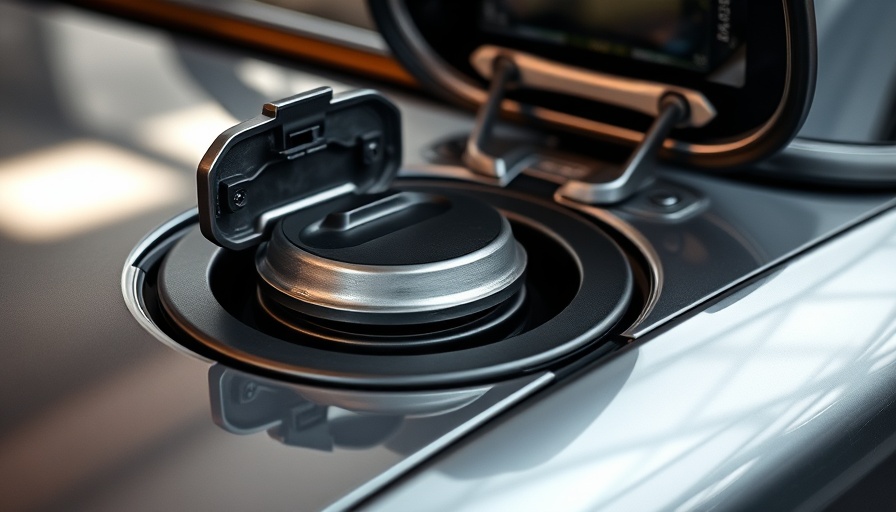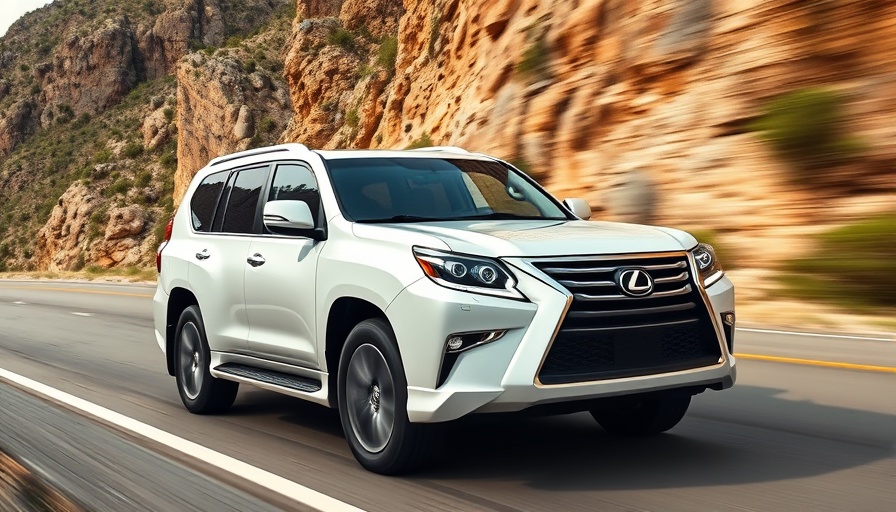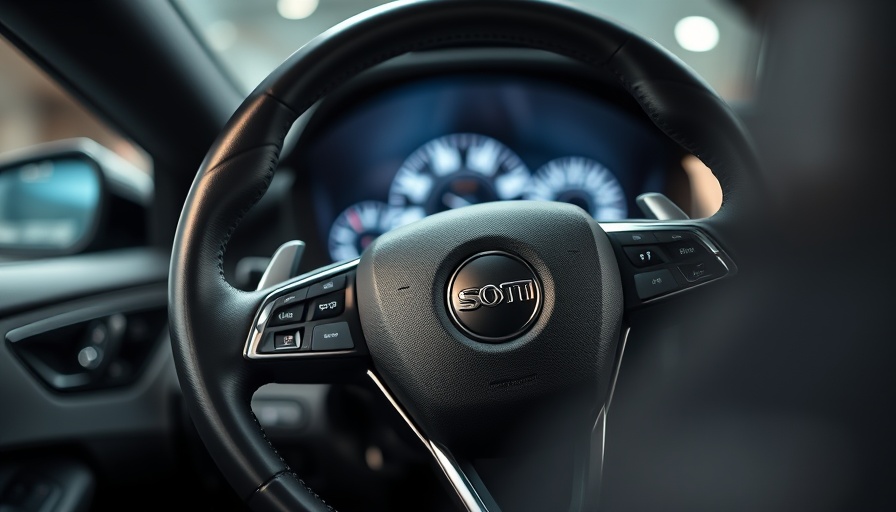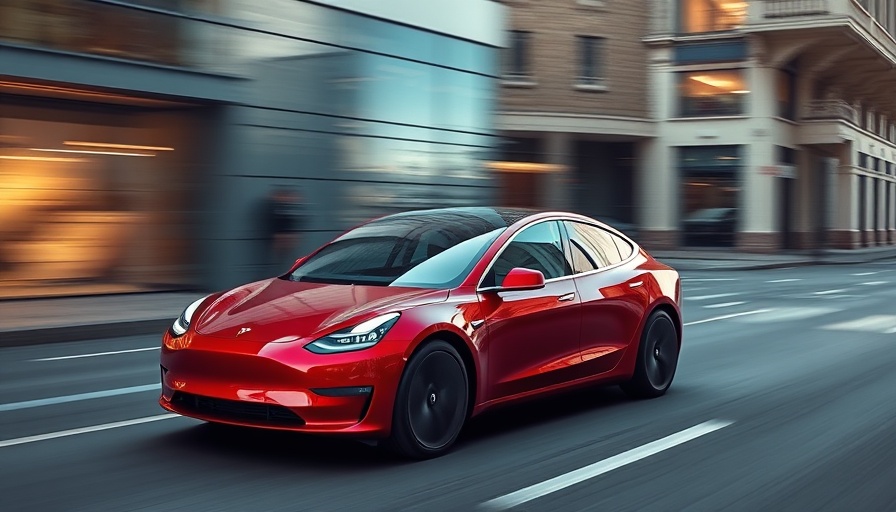
Understanding the Quirk: Why Your Gas Cap Is on the ‘Wrong’ Side
Have you ever pulled up to the gas station, confidently stepped out, and then realized your fuel door is on the other side of the car? You’re not alone. The location of a vehicle’s gas cap is one of those seemingly random quirks that drivers rarely think about until it’s inconvenient.
Scientific Logic Behind the Design
At first glance, you might assume there’s a standardized reason for fuel doors being on either the left or right side of the vehicle. After all, with nearly every other part of a car designed to strict safety and manufacturing regulations, why should this be any different? But in reality, there’s no global rule that dictates which side the fuel filler has to be on. This results in an industry full of variation, with manufacturers making choices based on a mix of engineering, packaging, safety, and even marketing factors.
The Curb Side Advantage: A Safety Perspective
In the U.S., many drivers expect the gas cap to be on the left side, likely because they associate that position with convenience. After all, the driver exits on the left, making it natural to assume the filler would be nearby. This is predominantly true for American and German brands. However, Japanese automakers often prefer placing the filler on the passenger side. Why is this? A lot has to do with safety; in right-hand-drive countries, like Japan, the filler is often placed on the driver’s side. This location becomes the passenger side when these vehicles are sold in left-hand-drive markets like the U.S.
Engineering Choices: Balancing Weight and Functionality
Some engineers argue that placing the fuel filler on the curb side — away from traffic — makes refueling on the shoulder of a busy road safer. Additionally, strategic decisions about weight distribution and routing of the fuel filler neck are influenced by the vehicle’s drivetrain or exhaust system. In rear-wheel-drive vehicles, especially, space constraints frequently dictate the placement of the fuel cap, as it can sometimes interfere with the vehicle's overall design.
The Business Behind Inconsistent Fuel Door Placement
Interestingly, there’s also a significant business case behind the inconsistency in fuel cap locations across different vehicle brands. Automakers with global platforms often aim to simplify production, but when building vehicles for various markets with differing driving orientations, the one-size-fits-all approach simply doesn’t apply. A symmetrical platform might even allow for the fuel door to be switched from left to right depending on the market demands.
How Can Drivers Adapt? Look for the Arrow!
If all of this sounds unnecessarily complicated, just remember: your car likely has a feature that tells you exactly where to look. Nearly every modern vehicle includes a small arrow next to the fuel pump icon on the fuel gauge. This tiny triangle points to the side of the car where the gas cap is located — a detail that often goes unnoticed until you’re behind the wheel of a rental car.
Why It’s Not a Mistake: The Culmination of Choices
While the debate over which gas cap side is “right” may never end, one thing’s for sure: it’s not a mistake. The location of your gas cap is a deliberate decision shaped by decades of engineering innovation, safety considerations, and logistical trade-offs. So next time you roll into the gas station and find yourself circling the pumps, just know that your vehicle's quirks have a story — and often, a very practical purpose.
Understanding these nuances helps consumers appreciate the complexities of automotive design and can even influence your next vehicle purchase. Being aware of these seemingly small details is not only beneficial but can also save you from awkward gas station moments in the future.
 Add Row
Add Row  Add
Add 




Write A Comment